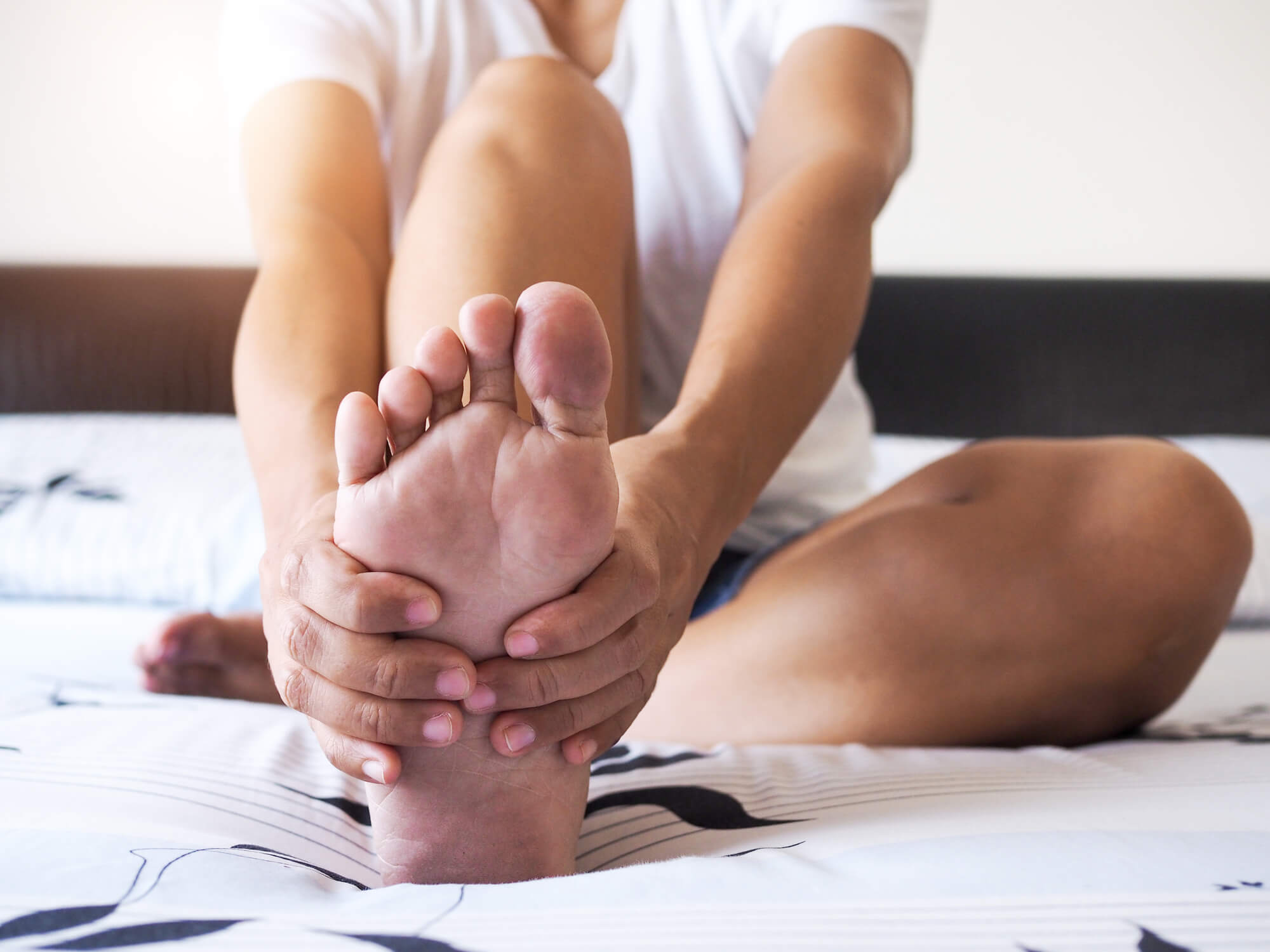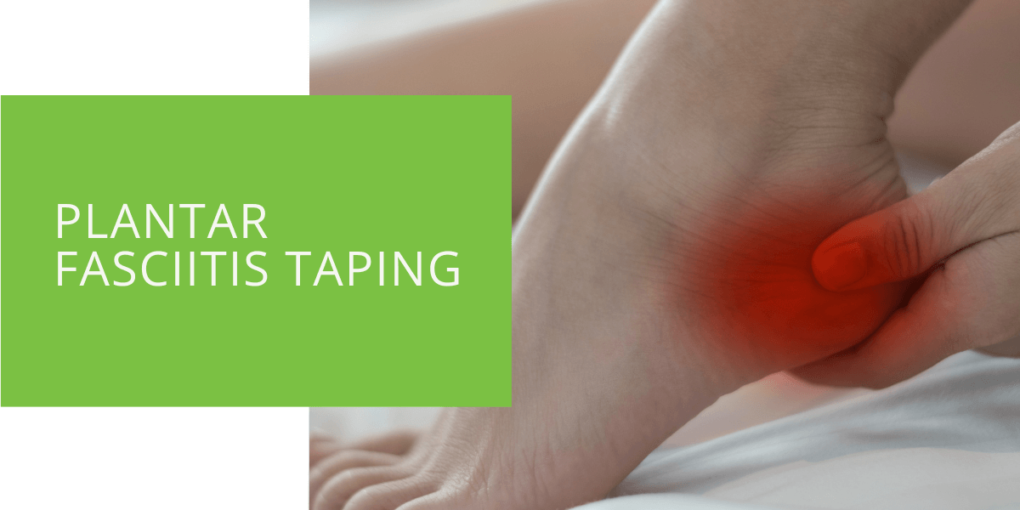Guide to Plantar Fasciitis Taping: How to Relieve Pain and Promote Healing
Plantar fasciitis is a common condition that causes pain and discomfort in the heel and bottom of the foot. It occurs when the plantar fascia, the tissue that connects the heel bone to the toes, becomes inflamed or irritated. While various treatment options are available for plantar fasciitis, taping has emerged as a popular and effective method for reducing pain and promoting healing.
In this comprehensive guide to plantar fasciitis taping, we will explain how taping works, different types of taping techniques, how to apply to tape, precautions to take, and potential risks associated with taping.
How Taping Helps with Plantar Fasciitis
Taping works by providing support to the plantar fascia, thereby reducing stress on the tissue and relieving pain. It also helps to reduce inflammation and promote healing. Taping is particularly useful in cases where the pain is caused by overuse, such as in athletes and runners.
Types of Taping Techniques
Different taping techniques can be used for plantar fasciitis, including low dye taping, high dye taping, arch taping, and heel lock taping.
Low Dye Taping
Low dye taping is a commonly used technique that involves applying a strip of athletic tape around the arch of the foot. This provides support to the arch, which in turn reduces stress on the plantar fascia. Low dye taping is easy to apply and can immediately relieve plantar fasciitis pain. However, it may not be suitable for everyone, and some may experience discomfort when wearing it for an extended period.
High Dye Taping
High dye taping involves applying a piece of kinesiology tape to the arch and heel of the foot. This technique is more flexible than low dye taping and can be worn for longer periods without discomfort. High dye taping can also help to improve circulation and reduce inflammation. However, it requires more skill to apply correctly than low dye taping.

Arch Taping
Arch taping involves applying a strip of tape from the heel to the foot's ball, supporting the foot's arch. This technique provides more support to the arch than low dye taping and can help to reduce pain and inflammation. Arch taping is particularly effective for people with high arches or those who experience pain in the arch of the foot.
Heel Lock Taping
Heel lock taping involves applying a strip of tape from the heel to the base of the toes, wrapping it around the foot, and securing the tape under the arch. This technique provides support to the arch and the heel, helping to reduce pain and inflammation. Heel lock taping can be particularly effective for people with flat feet or those who experience pain in the heel of the foot.
How to Apply Plantar Fasciitis Taping
Regardless of the taping technique, following the correct steps to apply the tape effectively is important. Here's how to apply plantar fasciitis taping:
- Clean and dry the foot thoroughly.
- Cut the tape to the desired length.
- Apply the tape to the foot, following the correct taping technique.
- Make sure the tape is snug but not too tight.
- Check for any discomfort or irritation.
- Remove the tape after a few days or when it becomes loose.
It's important to seek guidance from a physical therapist or a healthcare professional before applying any tape for plantar fasciitis.

Precautions and Potential Risks
While taping can be an effective way to treat plantar fasciitis, there are some precautions and potential risks to be aware of.
Firstly, it's important to ensure that the tape is applied correctly and not too tightly, as this can lead to discomfort, irritation, or even cause further injury. Additionally, removing the tape after a few days or when it becomes loose is important, as leaving it on for too long can cause skin irritation or damage.
It's also important to be aware of potential risks associated with tapings, such as skin irritation or allergic reactions. If you experience discomfort, irritation, or unusual symptoms while wearing taping, it's important to remove the tape and seek advice from a healthcare professional.
Furthermore, while taping can provide temporary pain relief, addressing the underlying causes of plantar fasciitis is important to achieve long-term healing. This may involve lifestyle changes, such as wearing supportive shoes, practicing foot exercises, and maintaining a healthy weight.
Conclusion
Plantar fasciitis can be debilitating and significantly impact your daily activities. However, you can relieve pain and promote healing with the right treatment, such as plantar fasciitis taping.
In this guide, we have covered the different types of taping techniques for plantar fasciitis, how to apply them effectively, precautions to take, and potential risks associated with taping. Following these guidelines and seeking professional help, you can effectively treat plantar fasciitis and return to doing what you love without pain.
Don't let plantar fasciitis pain hold you back any longer. Try plantar fasciitis taping today and experience the relief you deserve!

